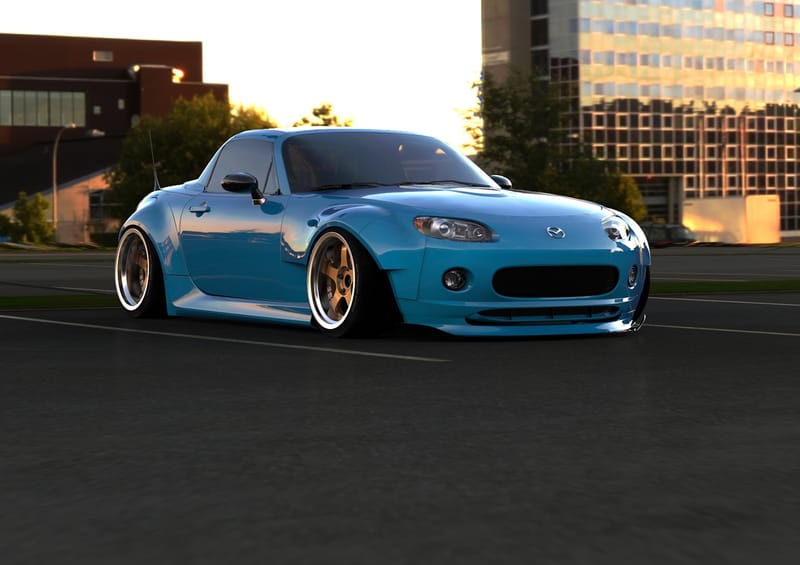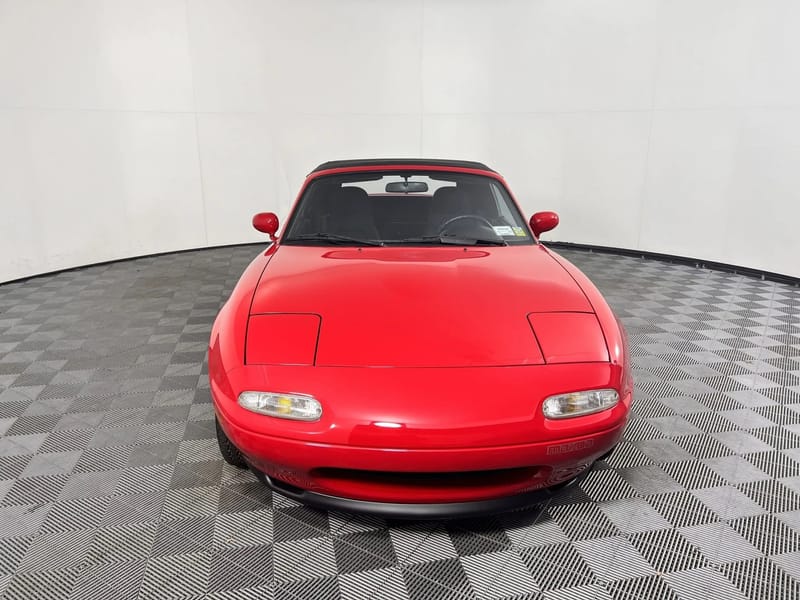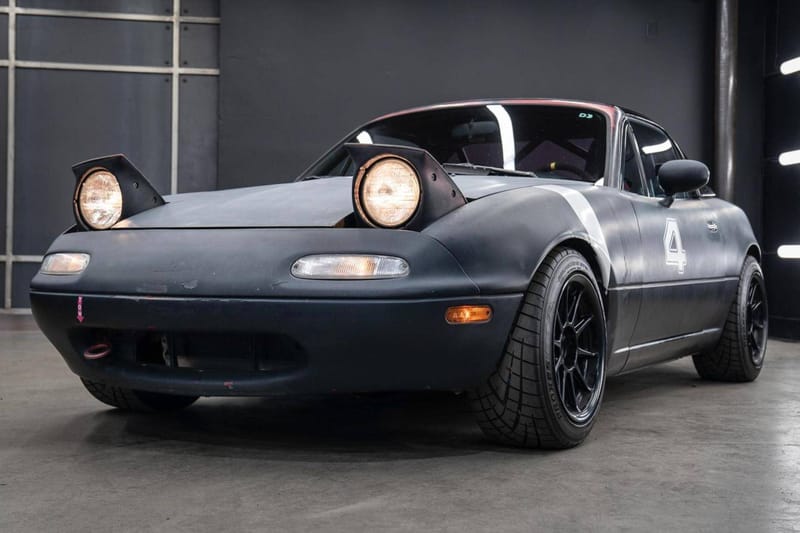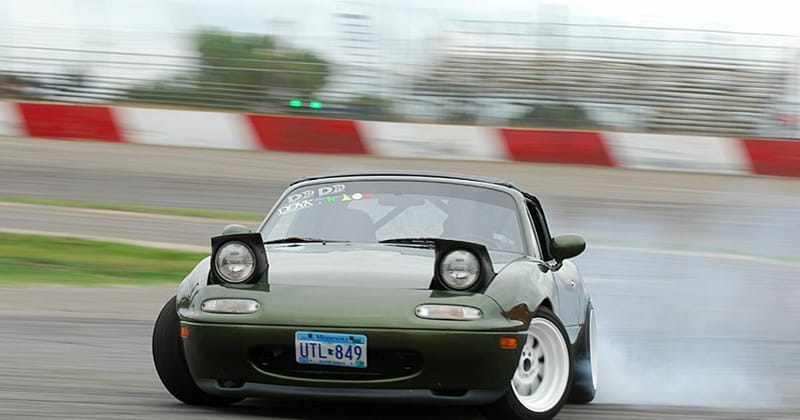Common ND Miata Problems and How to Prevent Them
The latest generation of the MX-5 Miata, also known as the ND, made its debut in 2014, becoming an instant favorite among car enthusiasts. It is agile, affordable. A true driver’s car. However, like any car, the ND Miata has its share of common issues. In this guide, we’ll explore these issues in de
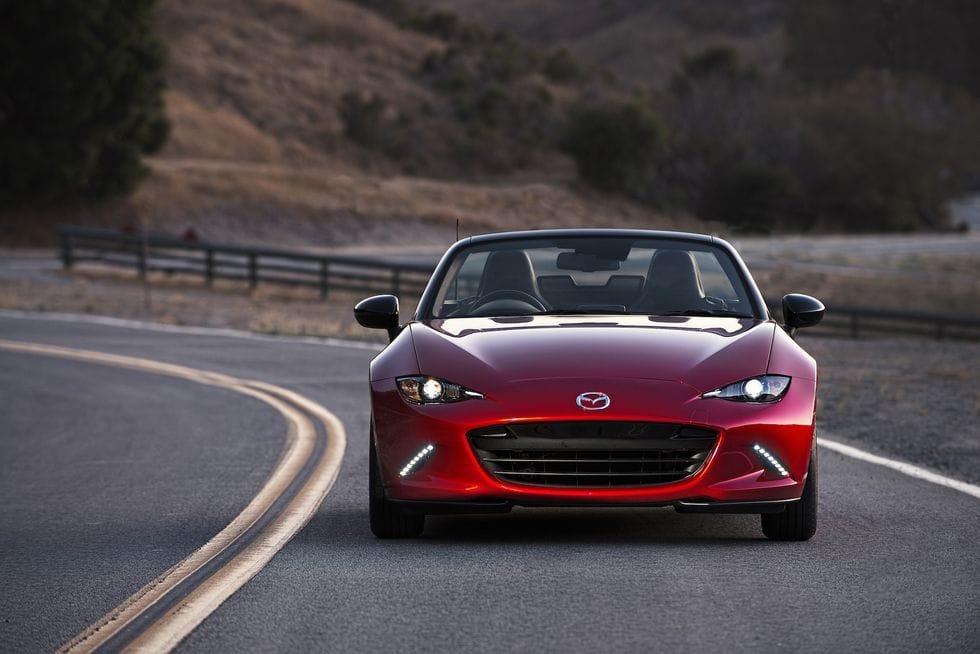
The latest generation of the MX-5 Miata, also known as the ND, made its debut in 2014, becoming an instant favorite among car enthusiasts. It is agile, affordable. A true driver’s car. However, like any car, the ND Miata has its share of common issues. In this guide, we’ll explore these issues in detail and provide practical solutions to keep your Miata running smoothly.
Gearbox Grinding and Difficulty Shifting
One of the most frequent problems faced by ND Miata owners, particularly those with 2016-2017 models, involves the manual transmission. Drivers have reported grinding noises when shifting, especially between second and third gear. This issue tends to worsen under hard acceleration or during aggressive driving. The problem is often linked to defective synchros in the second and third gears, causing rough shifts.
Mazda addressed this issue with a Technical Service Bulletin (TSB 05-001-17-3309c), which reconfigured the second and third gears. If your Miata was produced during this time and hasn’t received this fix, it’s recommended to visit a Mazda dealership to have the gearbox inspected and repaired under warranty. Models produced after 2018 had a redesigned transmission that resolved this issue, so it’s less common in newer vehicles. To prevent further gearbox wear, avoid hard shifting when the car is cold, as transmission oil takes time to warm up. Additionally, using high-quality synthetic transmission fluid can help smooth out shifting and extend the life of the synchros.

Rear Suspension Clunks
Another common issue for early ND Miatas is a clunking sound coming from the rear suspension, which is especially noticeable when driving over uneven roads or bumps. The noise typically originates from the rear suspension springs, where the top coils come into contact under compression.
Mazda issued a fix by installing rubber insulators between the coils to prevent them from clashing. If your car is experiencing this issue, check with your local Mazda dealer to see if the protectors have already been installed. If not, they can install the parts to resolve the issue.
For those who prefer a DIY approach, aftermarket coil spring isolators are available for purchase and can be installed at home. However, if you’re not familiar with suspension work, professional installation is recommended.
Premature Paint Chips
Like many modern Japanese cars, the ND Miata’s paint tends to be softer and more prone to chipping. The front bumper, hood, and side mirrors are particularly vulnerable to scratches and chips caused by road debris, which is especially problematic for those who frequently drive on highways.
To protect your car’s paint, consider applying a Paint Protection Film (PPF) to high-impact areas such as the front bumper, hood, and mirrors. PPF is a clear, durable film that shields your paint from scratches and debris. Another option is to apply a ceramic coating, which provides a protective layer to guard against minor scratches and environmental contaminants. Regular washing and waxing can also help maintain your car’s finish. Use a microfiber cloth and a pH-neutral car shampoo when cleaning to prevent swirl marks and further damage to the paint.
Roof Rubbing Against Roll Hoops
In early ND Miatas, particularly those built before 2017, some owners have experienced a design flaw where the soft top rubs against the roll hoops. This can cause scuffing and wear on both the fabric roof and the roll hoops, which not only looks unsightly but can also lead to long-term damage if left unaddressed. Mazda dealerships corrected this issue by installing spacers to create a gap between the roof and the roll hoops, preventing contact. If your Miata has this problem and hasn’t had the spacers installed, it’s worth visiting a Mazda dealer to have this modification made.
For minor scuffing or rubbing, applying a fabric protectant to the soft top can help prevent further damage. Some owners also use padding or tape on the roll hoops as a temporary solution until the spacers are installed.
Poor Rear Visibility
As much as the latest gen Miatas look good, one of the most common complaints about the ND Miata is poor rear visibility, particularly with the soft top up. The high beltline and small rear window create significant blind spots, making parking, reversing, and merging in traffic more challenging.
Mazda introduced a rearview camera as standard equipment on models from 2019 onward, making it much easier to navigate in tight spaces. If your Miata doesn’t have a rearview camera, you can install an aftermarket system that integrates with your car’s infotainment screen or comes with its own monitor. For a quick and inexpensive fix, stick-on blind spot mirrors can help widen your field of vision and minimize blind spots, making it easier to see surrounding vehicles and obstacles.
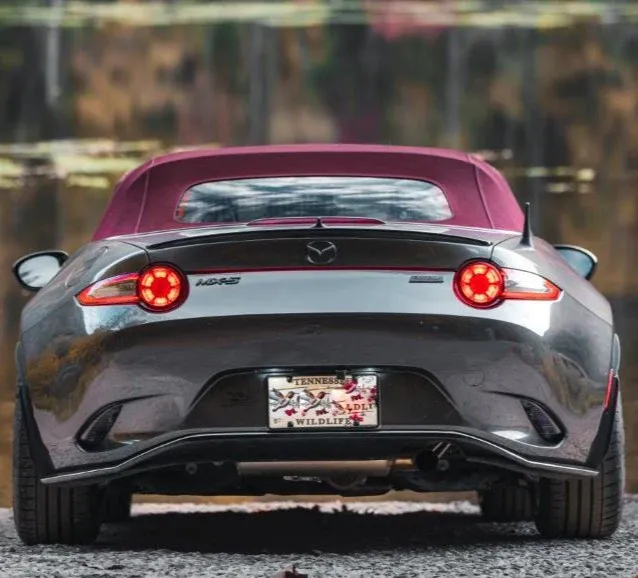
Wind and Road Noise
If you’re looking for a quieter ride, you can install sound-deadening materials like Dynamat in the doors, floorboards, and trunk. These materials help reduce noise intrusion from outside. Additionally, switching to quieter tires with softer rubber compounds can significantly reduce road noise. Due to its lightweight construction and minimal sound insulation, the ND Miata is known for being somewhat noisy on the road. Wind, road, and tire noise can be intrusive, particularly at higher speeds, and the soft top exacerbates the issue.
Regularly checking and replacing worn rubber seals around doors and windows can also help keep wind noise at bay. Over time, these seals wear down, allowing more noise into the cabin, so replacing them when they become worn can make a noticeable difference.
Seat Wear and Leather Indentations
Another common issue for ND Miata owners, especially those with leather seats, is premature wear and indentations, particularly on the seat bolsters. This is caused by frequent entry and exit from the car, leading to creases, wrinkles, and indentations over time.
To prevent seat wear, regularly condition the leather with a high-quality leather conditioner to keep it supple and prevent cracking. If the damage is more severe, consider reupholstering the seats or installing aftermarket seat covers to refresh the interior. If you notice early signs of wear, bolster protectors or seat pads can be used to protect the seats and prevent further damage caused by frequent use.
Rust Issues
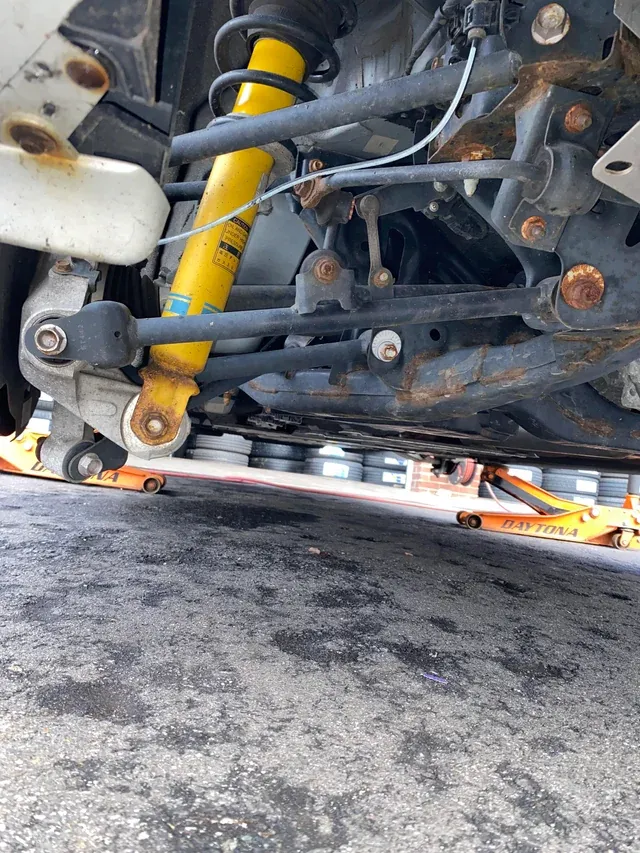
Although the ND Miata features better rust protection than earlier generations, it is still susceptible to rust, particularly in regions that use road salt during winter months. The undercarriage, wheel wells, and suspension components are most at risk for corrosion. If you live in a region where road salt is frequently used, consider applying an undercoating or rust-proofing treatment to protect your Miata’s underbody. Regularly washing the car during winter, especially the undercarriage, can help remove salt and prevent rust buildup. During routine maintenance, check the underbody for signs of rust. If you spot rust early, treating it with a rust inhibitor can help prevent it from spreading.
Transmission and Bracket Issues
The ND Miata has been subject to several recalls, the most notable being for automatic transmission models. Some cars had issues with the transmission control module, leading to downshifting errors. Additionally, there was a recall for a faulty underbody bracket that could break free and fall off. To check if your Miata is affected by any recalls, you can enter your VIN on Mazda’s recall website or contact your local dealership. If your car is part of a recall, Mazda will repair the issue free of charge.
The ND Miata is a fantastic sports car that delivers an exhilarating driving experience. While it has its fair share of common issues, most of these are manageable with the right knowledge and care. By addressing these problems early and performing regular maintenance, you can ensure your Miata stays in peak condition, allowing you to enjoy many years of driving pleasure!

